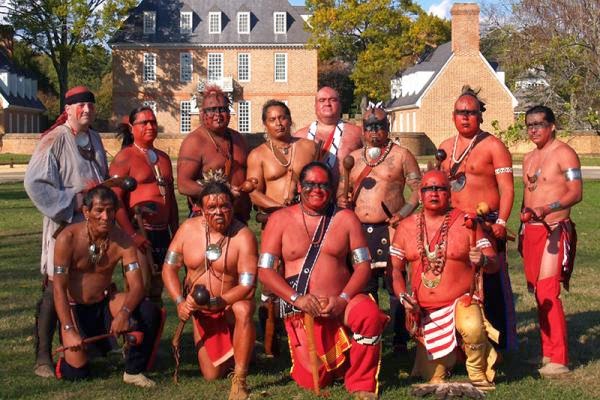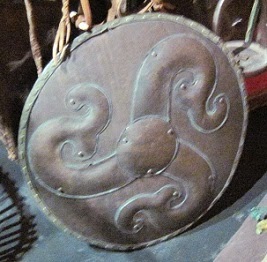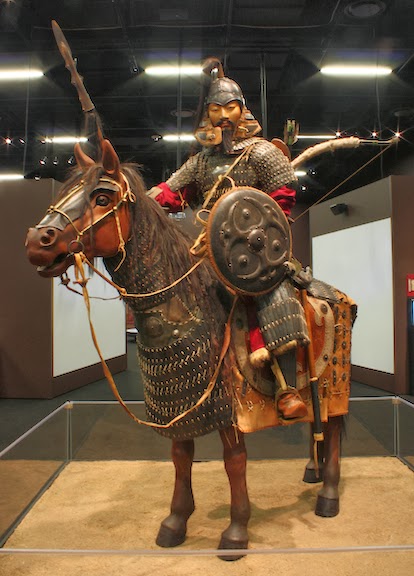 |
| The Warriors of AniKituhwa |
If you are in the Asheville, NC area Tuesday, March 25 and can make it, don't miss this performance by the Warriors of AniKituhwa!
From the UNC-Asheville website:
The Warriors of AniKituhwa, Cherokee dance group and official cultural ambassadors for the Tribal Council of the Eastern Band of Cherokee Indians, will perform at 12:30 Tuesday, March 25 at UNC Asheville’s Main Quad. Their performance is free and open to the public.
The Warriors of AniKituhwa educate audiences about Cherokee history and culture by performing Cherokee dances such as the Eagle Tail Dance, Beaver Hunting Dance and Friendship Dance, based on traditions that date back generations. They also perform a re-creation of the War Dance, using descriptions from the memoirs of Lt. Henry Timberlake, a colonial journalist who witnessed the dances, as well as music from songs recorded on wax cylinders by Cherokee tribal councilman Will West Long and anthropologist Frank Speck in the 1920s.
For additional information click here.













_sm.jpg)






